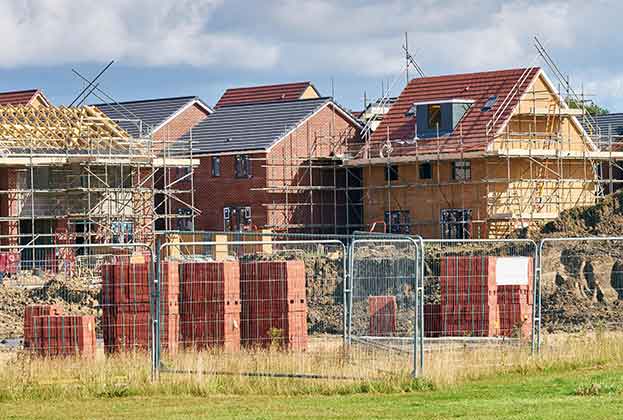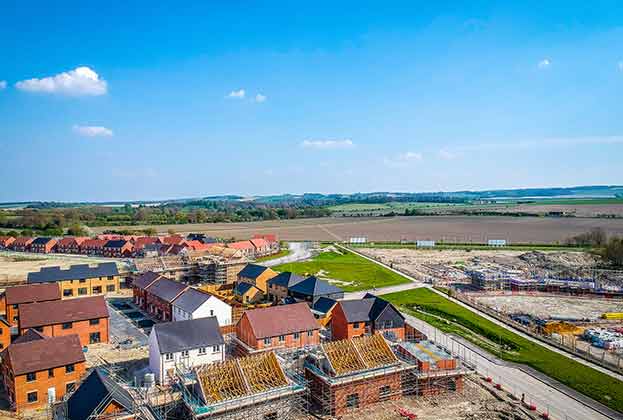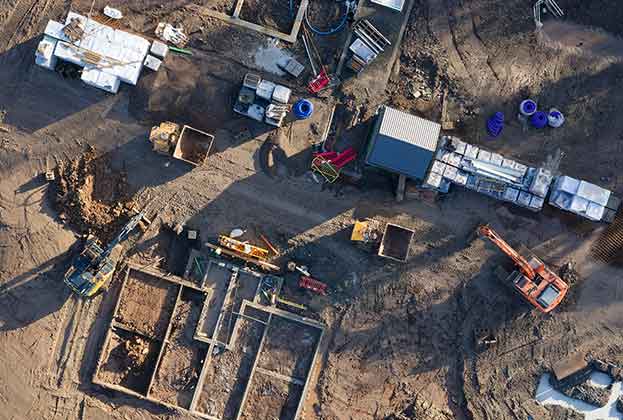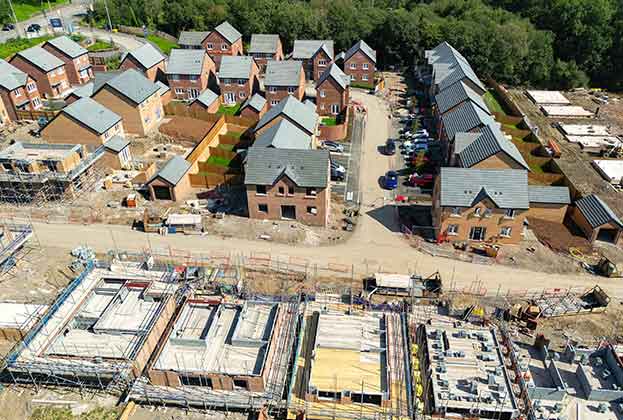Constrained land supply in London, coupled with high levels of demand, is being further intensified by competition from alternative uses.
In some cases industrial and logistics land supply is being lost from the capital because sites historically allocated for industrial and logistics are being redeveloped for housing.
This pressure has led to areas outside London being considered as alternatives to fulfilling the demand for industrial and logistics development. Could the wider south east of England provide the answer to those supplies of industrial and logistics land that has been displaced from London?
The opportunity for regions in the wider south-east to capitalise on this demand is being stifled by employment land evidence base documents. These documents, which inform the production of Local Plans, are underestimating future industrial and logistics demand as they do not take into account the overspill of additional demand from adjacent Local Authority areas in London.
As a result, Local Plans are not planning for realistic levels of demand within the industrial and logistics sector. Regions in the wider south-east such as Hertsmere and Epping Forest will not be able to realise their full economic potential and risk missing the opportunity to maximise local job opportunities.
Broadly speaking, it is considered that sites in the wider south-east are more deliverable than sites within London, given the proliferation of space in these areas which could be utilised to meet the specific needs of industrial and logistics operators. Sites in more peripheral locations generally have less constraints than sites within London and in some instances benefit from excellent levels of connectivity to the strategic highway network and airports.
As such, if employment land evidence base documents are to stop underestimating industrial and logistics demand and start taking into account additional industrial and logistics demand from displaced businesses in London, this would allow for Local Plans to plan for realistic levels of demand. The wider south-east would then be in a better position to stock up on this additional level of industrial and logistics demand arising from businesses coming out of London, presenting the opportunity to provide a wide range of jobs and boosting the local economy.
Savills Economics has developed a methodology called ‘suppressed demand’ that enables future demand to be calculated more accurately than existing methods under the NPPG. The ‘suppressed demand’ methodology takes account of demand lost due to historic supply shortages as well as considers current day growth drivers such as increased online shopping.
Savills Economics has been discussing the benefits of this methodology with government agencies and was outlined in the recent Savills and British Property Federation Publication, Levelling Up: The Logic of Logistics.
While planning for realistic levels of demand would be a good first step in realising the potential of the industrial and logistics sector, it is acknowledged that a key challenge is presented by the Green Belt that covers a large part of the south-east region and is subsequently restricting industrial and logistics development.
Green Belt Reviews should start to meaningfully consider industrial and logistics demand within their methodologies to allow for the release of Green Belt sites for such development where sites would otherwise be appropriate.
Further information
Contact Ashkan Liaghat or Mark Powney
.jpg)



.jpg)


.jpg)

.jpg)
